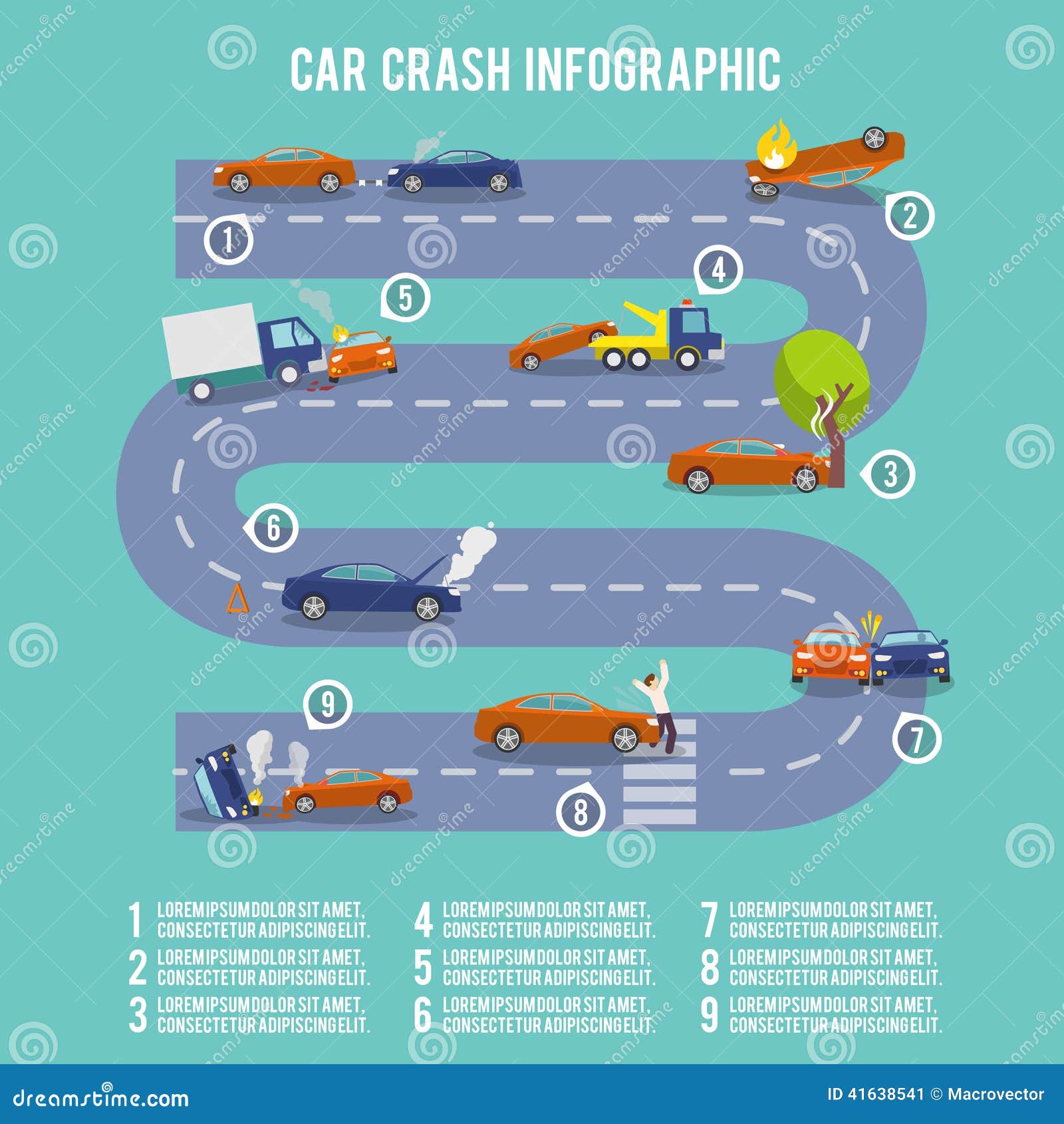Want To Discover More About The Warning Lights On Your Control Panel? Discover What They Indicate Regarding Your Vehicle'S Health And Wellness
Want To Discover More About The Warning Lights On Your Control Panel? Discover What They Indicate Regarding Your Vehicle'S Health And Wellness
Blog Article
Write-Up By-Lim Kejser
When you lag the wheel, those beautiful caution lights on your control panel can be a bit perplexing. Do you understand what they're trying to tell you regarding your car's wellness? Understanding the relevance of these lights is vital for your security and the longevity of your car. So, the following time one of those lights appears, wouldn't you wish to decipher its message precisely and take the needed actions to resolve it?
Common Caution Lights and Interpretations
Recognize typical warning lights in your car and comprehend their meanings to make sure safe driving.
One of the most typical warning lights include the check engine light, which signifies problems with the engine or emissions system. If this light begins, it's important to have your lorry examined without delay.
The oil pressure advising light shows reduced oil stress, requiring prompt interest to prevent engine damage.
A flashing battery light may recommend a faulty billing system, possibly leaving you stranded otherwise attended to.
The tire pressure surveillance system (TPMS) light informs you to reduced tire pressure, affecting vehicle security and fuel efficiency. Ignoring this might result in harmful driving problems.
The ABS light indicates a problem with the anti-lock stopping system, compromising your capability to stop promptly in emergencies.
Lastly, the coolant temperature level cautioning light warns of engine overheating, which can cause extreme damages if not resolved swiftly.
Comprehending these common warning lights will aid you deal with problems without delay and preserve secure driving conditions.
Relevance of Prompt Attention
Recognizing the common warning lights in your cars and truck is just the initial step; the importance of without delay resolving these cautions can not be emphasized enough to ensure your safety and security when driving.
When a warning light illuminates on your control panel, it's your cars and truck's method of communicating a prospective concern that needs interest. Overlooking car restoration specialists can result in a lot more severe issues later on, endangering your safety and security and possibly costing you much more in repairs.
Trigger attention to advising lights can protect against failures and mishaps. For example, a blinking check engine light might show a misfire that, if left neglected, might trigger damage to the catalytic converter. Resolving this immediately can save you from a pricey fixing.
Likewise, a brake system cautioning light could indicate reduced brake liquid or used brake pads, vital components for your safety and security when driving.
DIY Troubleshooting Tips
If you discover a warning light on your dashboard, there are a few DIY repairing pointers you can attempt before looking for specialist assistance.
The first step is to consult your car's guidebook to understand what the specific warning light shows. In https://www.ksdk.com/article/news/local/explosions-south-st-louis-city-auto-repair-shop-shawns-master-auto-repair/63-685d8d0d-247f-4a0e-a402-d016c1523809 can be as easy as a loose gas cap activating the check engine light. Tightening up the gas cap may settle the issue.
An additional common problem is a reduced battery, which can cause various advising lights. Inspecting the battery links for corrosion and guaranteeing they're safe and secure may take care of the issue.
If a warning light lingers, you can attempt resetting it by detaching the cars and truck's battery for a couple of mins and then reconnecting it. Furthermore, examining your car's liquid levels, such as oil, coolant, and brake liquid, can aid repair alerting lights connected to these systems.
Final thought
In conclusion, understanding your vehicle's caution lights is vital for keeping your car running smoothly and securely. By promptly resolving these informs and recognizing what they imply, you can avoid expensive repair work and possible breakdowns.
Bear in mind to consult your car's manual for particular information on each cautioning light and take action as necessary to make certain a trouble-free driving experience.
Stay informed, remain risk-free on the road!
